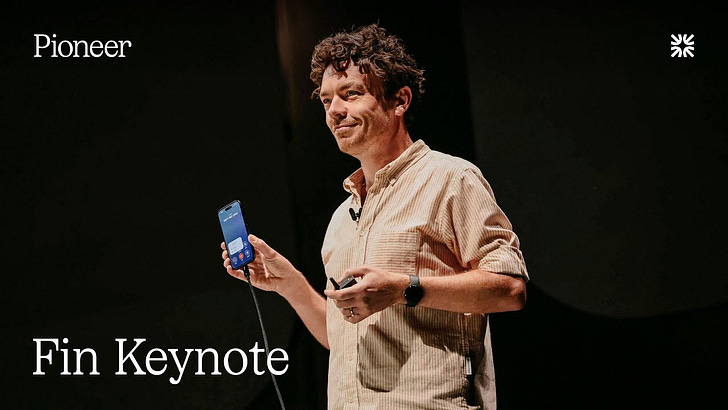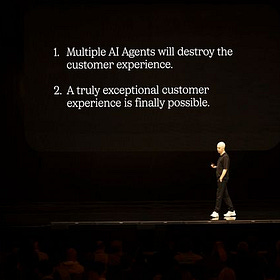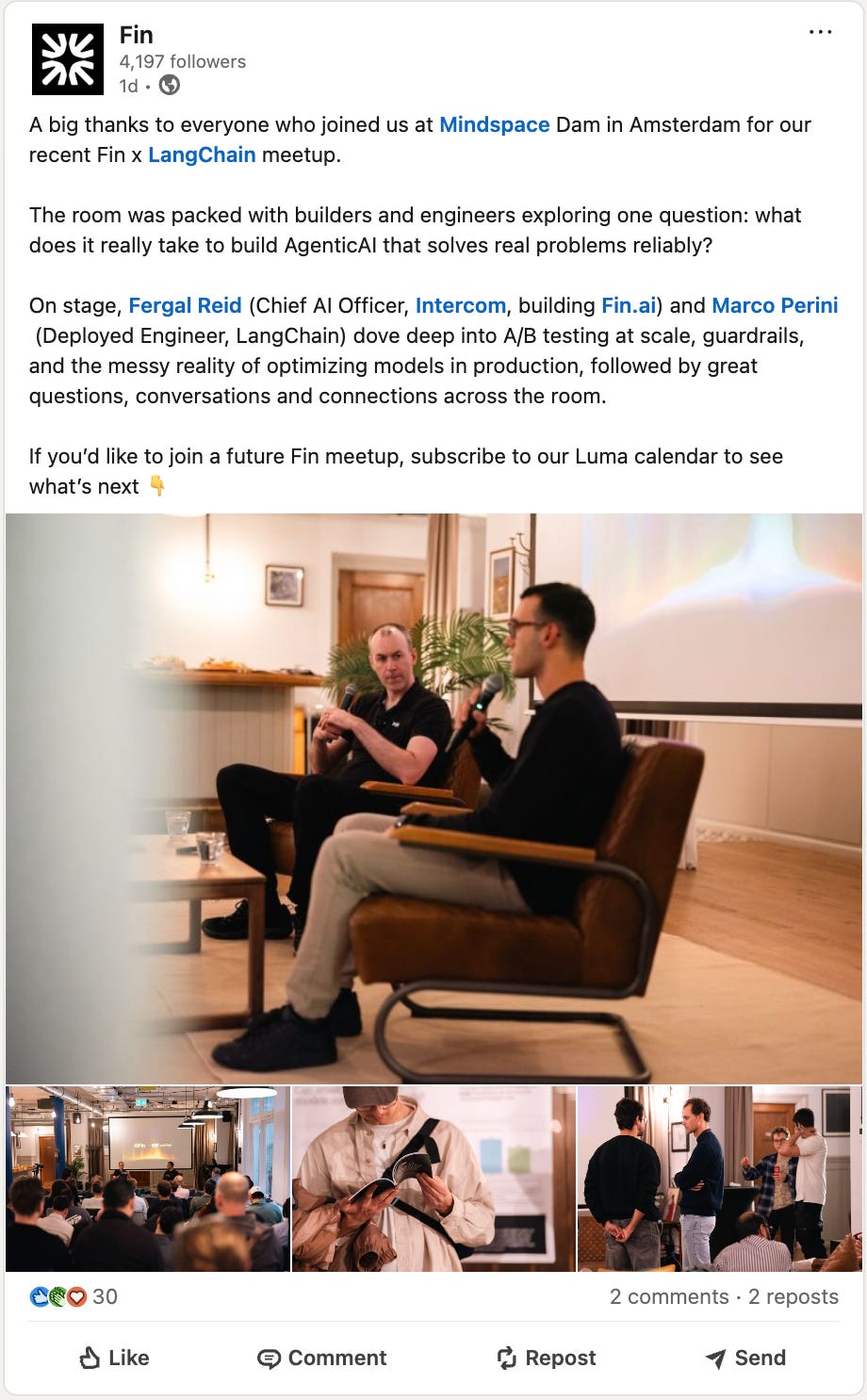Fin Sunday Edition #6
Building agents, making taste, and more activity from the team building Fin
A big week for builders, both machine and human. AI keeps spawning new ways to make things that think and act. Meanwhile, we got talking about the future of design, and something pretty human: taste.
Here’s what we were paying attention to this week.
AI is transforming design
First up, Des gave a great talk at Miro’s Canvas 25 sharing how AI is transforming design and collaboration, creating a future where design environments react in real time to intent.
How do we build the builders?
The UI of AI was the topic of plenty of discussion again this week, as Emmet’s post comparing tools from OpenAI and Fin was swiftly followed by more new Builders.
n8n launched a new no-code visual builder for agents that lets you wire logic and actions between tools, giving your AI a kind of nervous system.
Salesforce announced its Agentforce Agent Builder, a drag-and-drop tool for building production-ready agents directly on its platform.
By week’s end, Anthropic jumped in with Claude Skills, modular task blueprints for agents that can be composed, shared, and reused.
As Emmet said,
“There are likely multiple viable routes to wherever this new type of interface ends up. We’re all still just searching for the ways in here.”
It feels like we’re in the middle of a new wave of AI products competing on feel — on the ergonomics of autonomy — as much as they are on the models that drive them.
Taste is the difference
Meanwhile, as all the Agent builders marched out to market, Paul was homing in on something (so far) very human: taste.
“People and companies with taste will stand out in the coming years.”
Read the whole post, it’s worth it.
This week on Ideas
Paul pulled back the curtain on Fin 3, our biggest update yet.
The next leap forward for Fin
The following is a lightly edited version of my keynote from last week’s Pioneer AI summit.
He explained how Fin is moving from being a powerful assistant to a fully programmable platform, with new editing tools, improved analytics, and flexible configuration that makes it easier to train Fin safely in real-world workflows.
It’s not just an update — it’s a philosophy: AI that works with you, not around you.
Eoghan painted a picture of where Fin and the industry are heading next, from siloed service bots to a unified Agent that works across the entire business.
“Fin will be not just the world’s best service agent, but the world’s best Customer Agent.”
The rise of the Customer Agent
This is a version of a talk by Intercom CEO Eoghan McCabe from last week’s Pioneer AI summit.
The opportunity is unity:
“A single agent that guides the customer from first interest to loyalty, seamlessly.”
On the road
As well as Des at Canvas, Fergal and the team were in Amsterdam with Langchain, discussing what it takes to make models work in the real world.
Our parting thought
Between agent builders and taste makers, the week made one thing clear:
AI may be getting smarter, but human judgment — the ability to recognize what’s good, true, or meaningful — is still the hardest skill to automate.
See you next Sunday.






This article comes at the perfect time. It's mind-boggling how fast the 'builders' are iterating on the how of AI, not just the what. Are we heading towards a truly democratized agent creatín, or more complexity in different layers?
The discussion around the 'ergonomics of autonomy' and how taste differentiates tools is a brilliant continuation from previous editions. Do you think this pursuit of intuitive AI will truely lead to new paradigms for human-computer interaction beyond current UI trends?